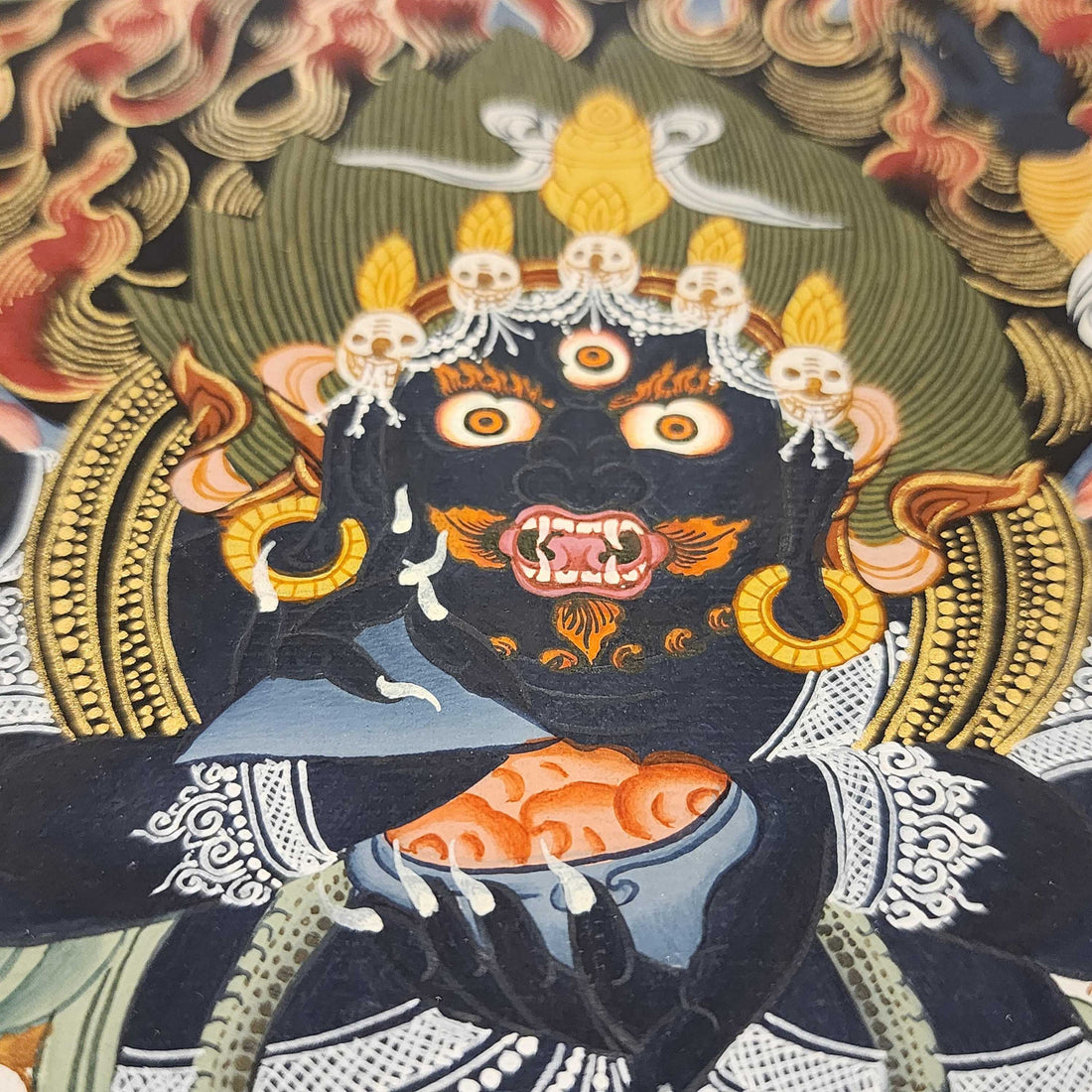
Types of Buddha Thangkas and Their Meanings
Share
Introduction
Thangka paintings depict a wide variety of Buddhas, each with unique symbolism and spiritual significance. Understanding these types helps practitioners choose the right Thangka for meditation, devotion, or collection.
Shakyamuni Buddha Thangka
— Represents the historical Buddha, Siddhartha Gautama.
— Symbolizes enlightenment, wisdom, and the path to liberation.
— Often depicted seated on a lotus throne with a serene expression.
Medicine Buddha (Bhaisajyaguru) Thangka
— Known as the "Healing Buddha."
— Depicted with a blue body and holding a medicine bowl.
— Invoked for health, healing, and protection from illness.
Amitabha Buddha Thangka
— Represents infinite light and boundless compassion.
— Central figure in Pure Land Buddhism.
— Associated with rebirth in the Western Paradise.
Green Tara Thangka
— Embodiment of swift compassion and protection from fear.
— Depicted with one leg extended, ready to act.
— Known for removing obstacles and granting blessings quickly.
White Tara Thangka
— Symbol of longevity, healing, and maternal compassion.
— Often portrayed with seven eyes representing omniscience.
— Invoked for long life and well-being.
Vajradhara and Other Cosmic Buddhas
— Represent ultimate wisdom and the unchanging nature of reality.
— Often found in advanced tantric and esoteric Thangkas.
Conclusion
Each Buddha Thangka carries a distinct spiritual energy and purpose. Whether for meditation, healing, or devotion, understanding their meanings ensures a deeper connection to the art and practice.
